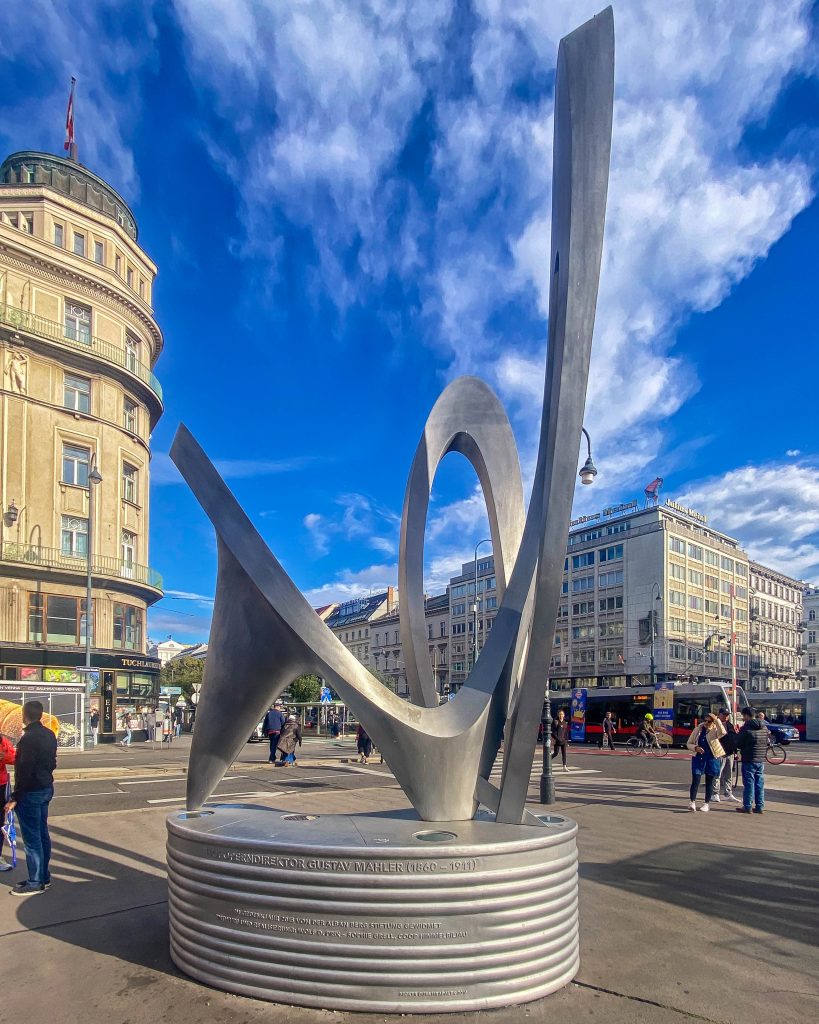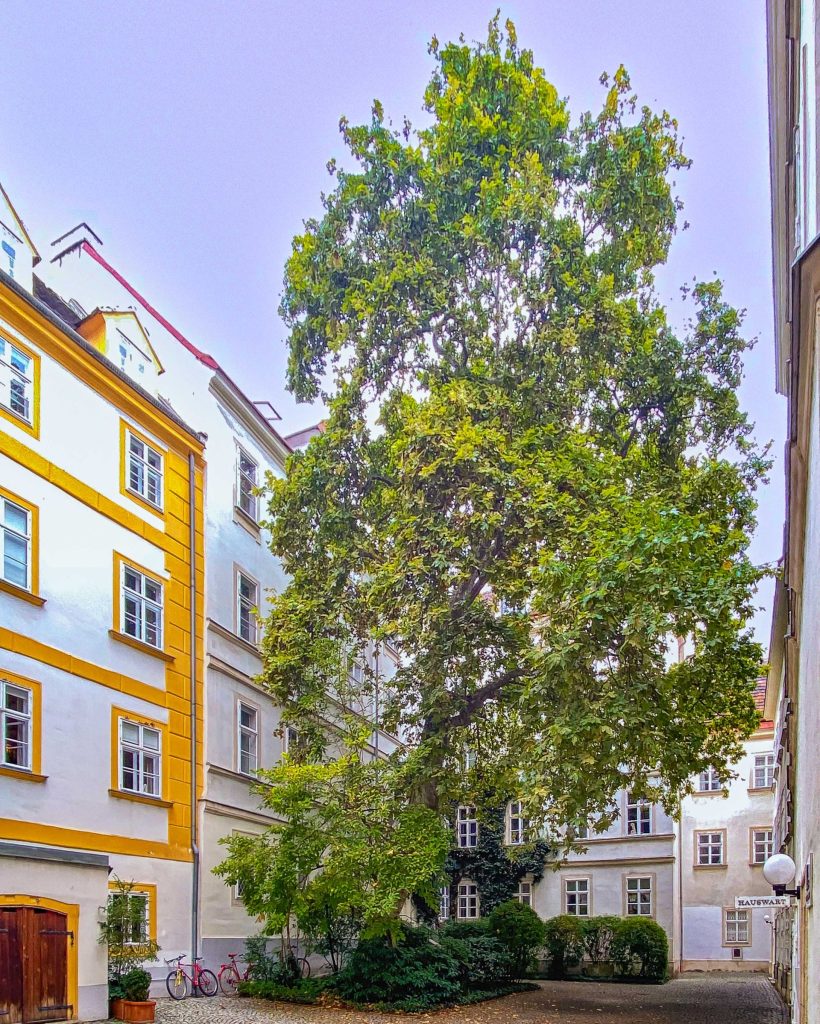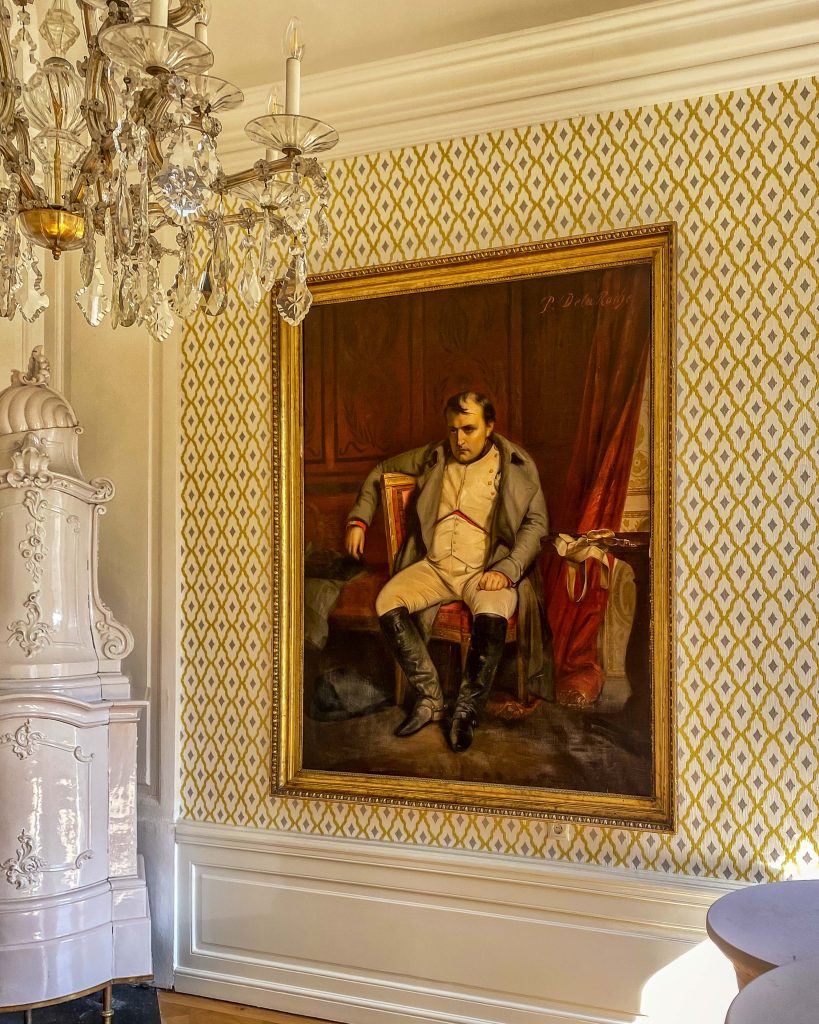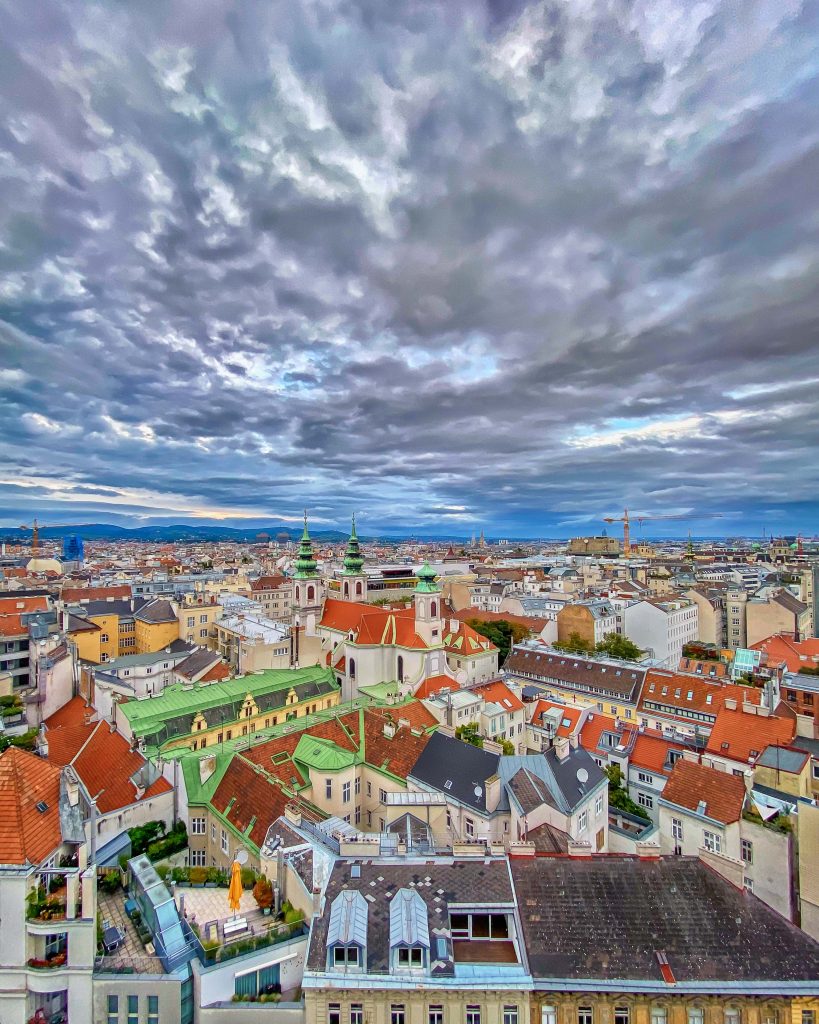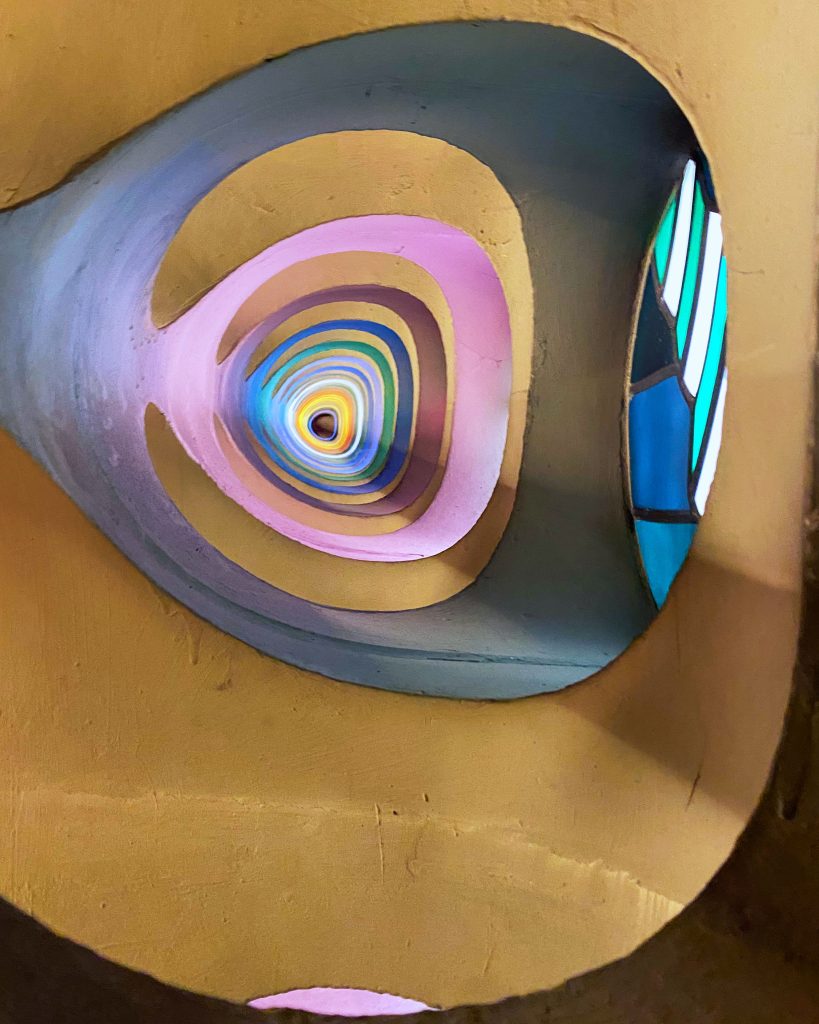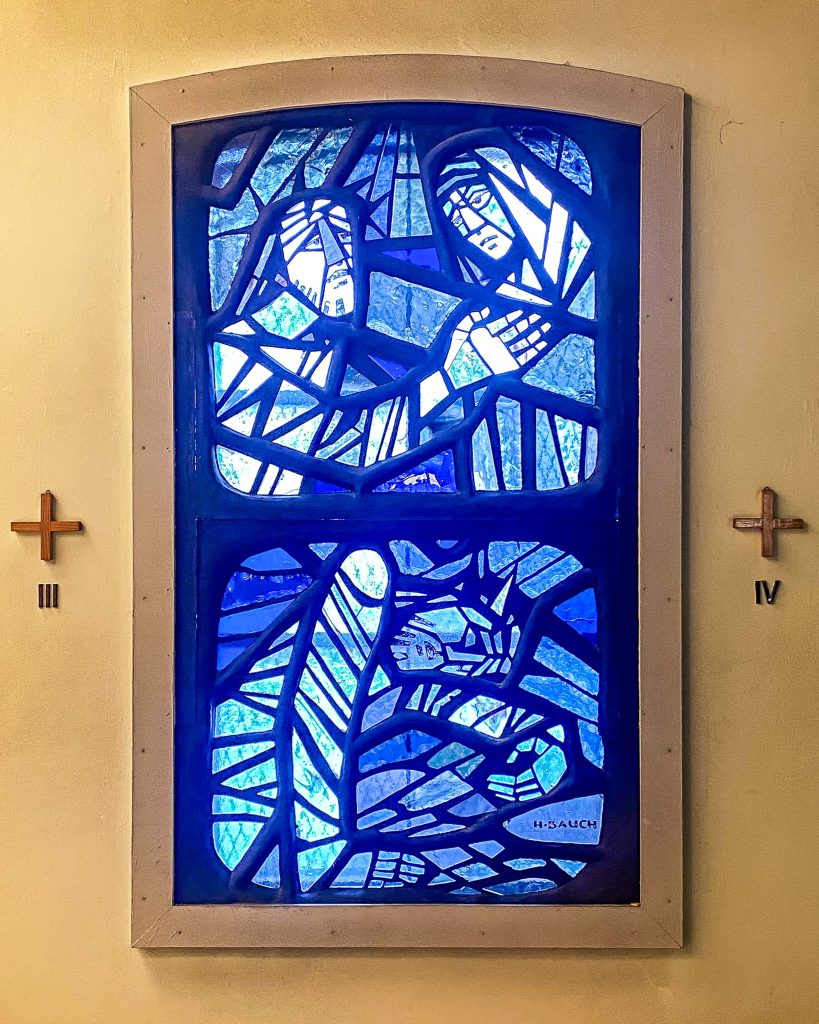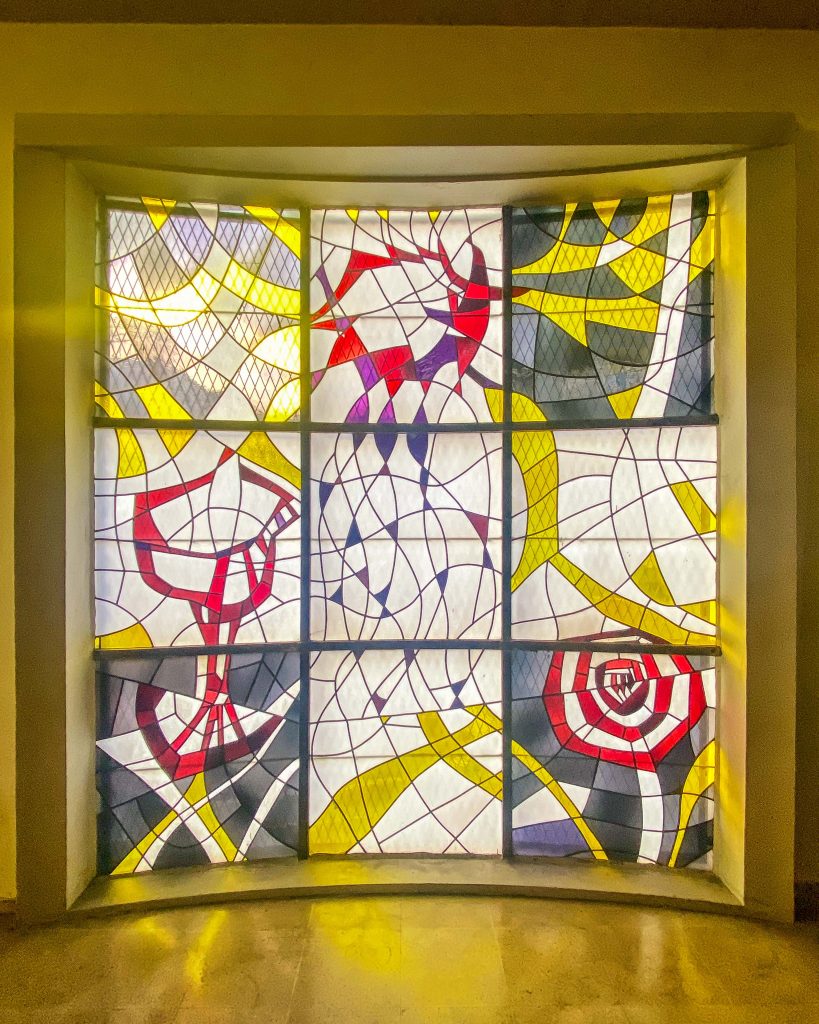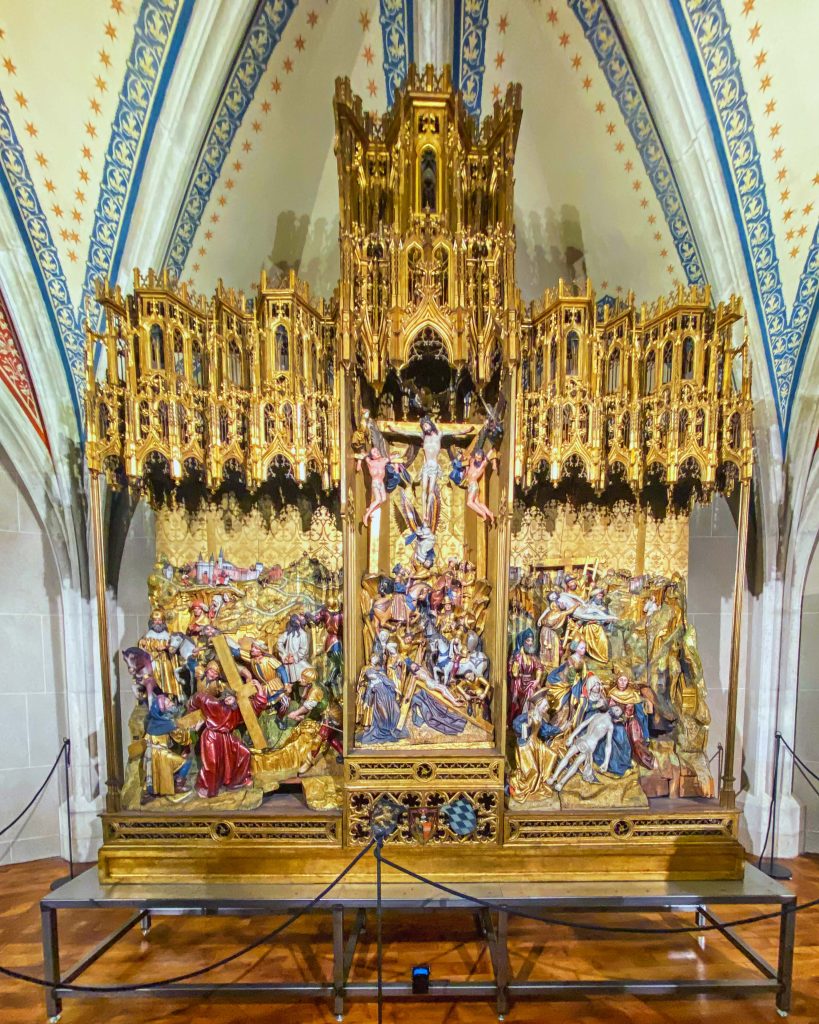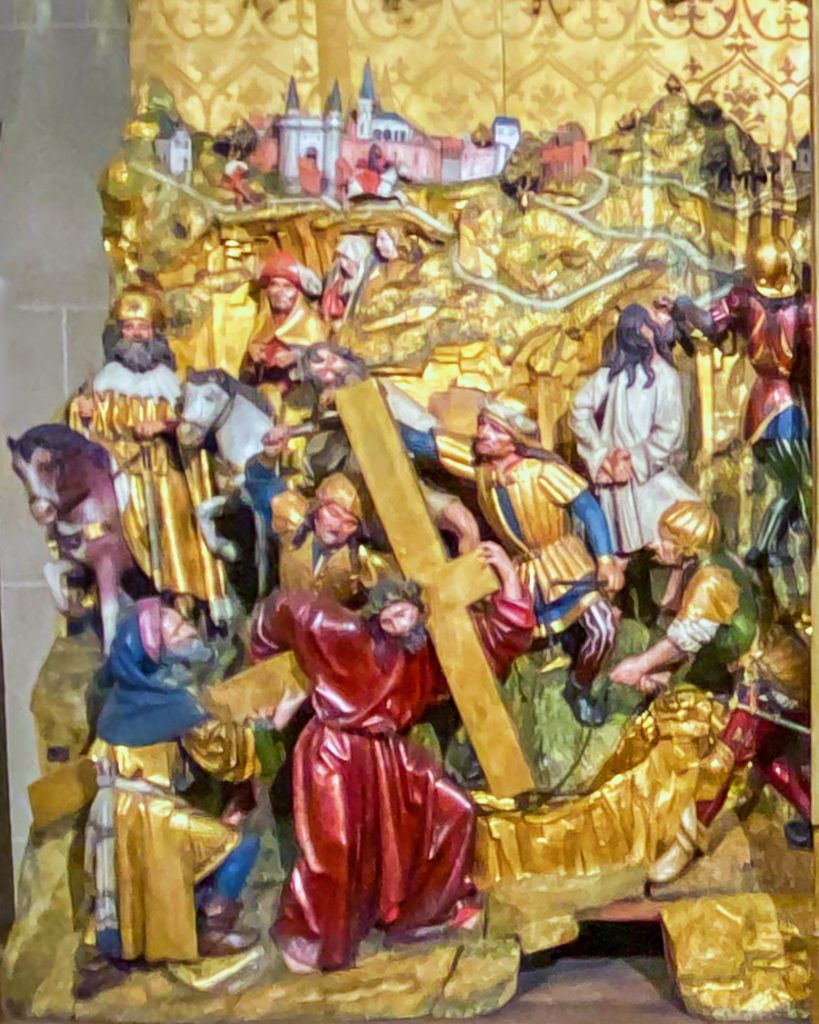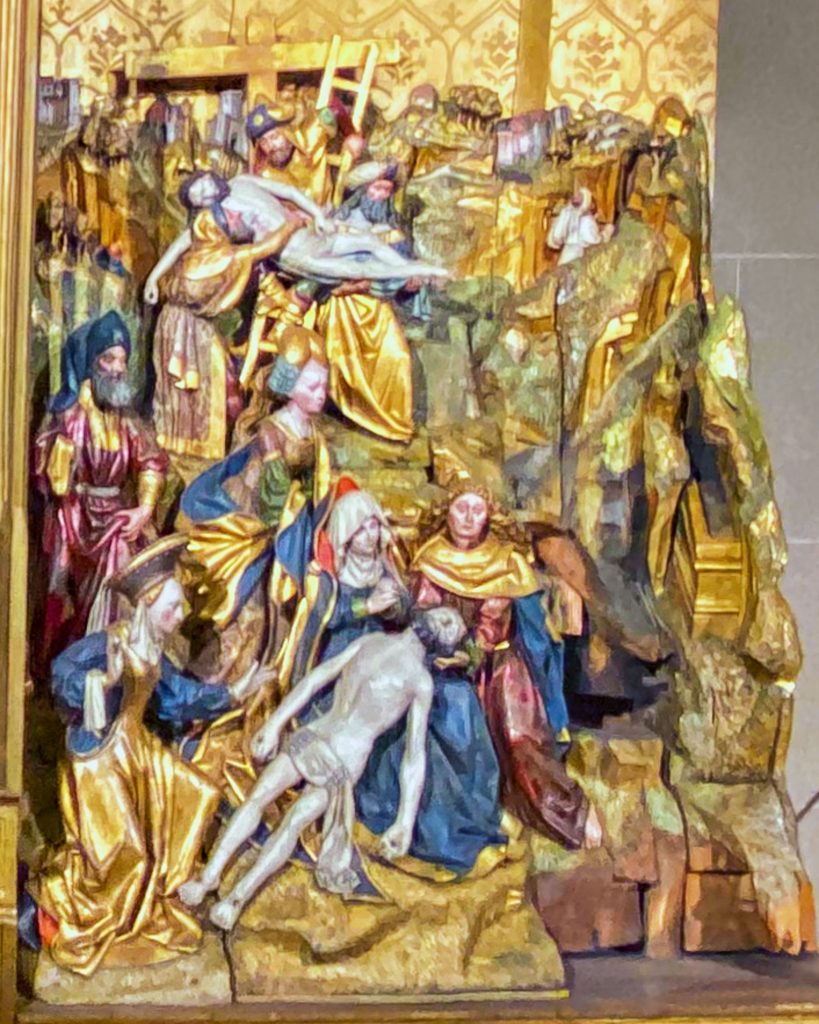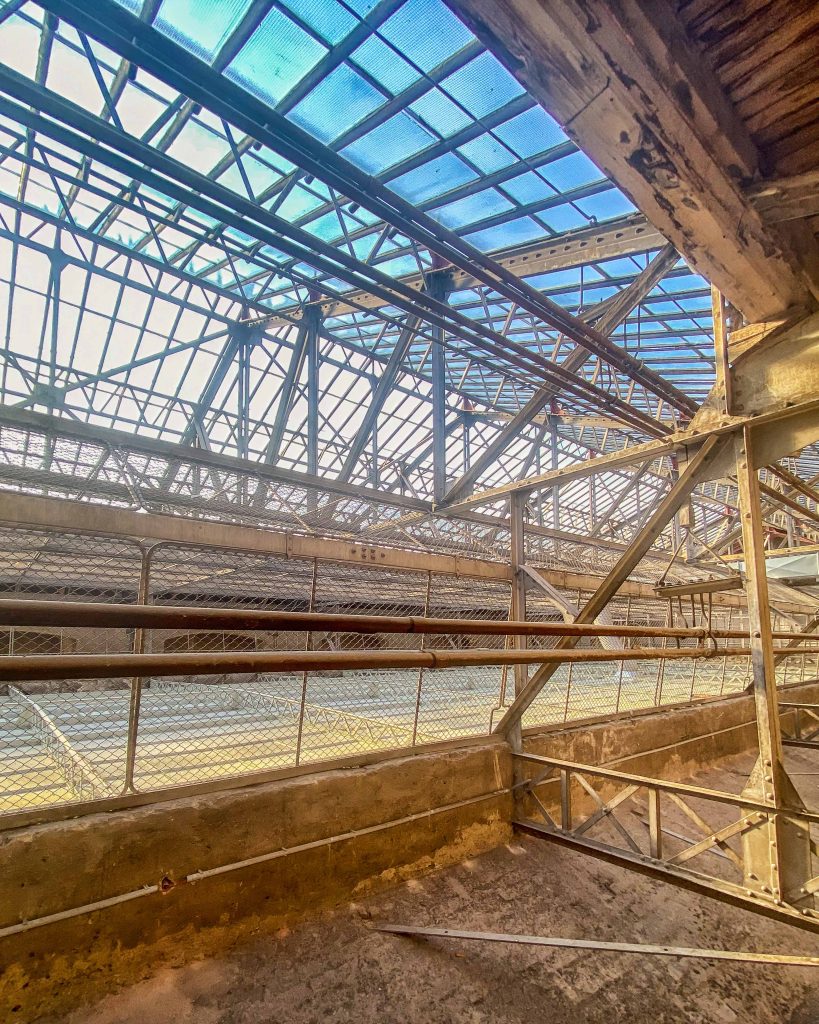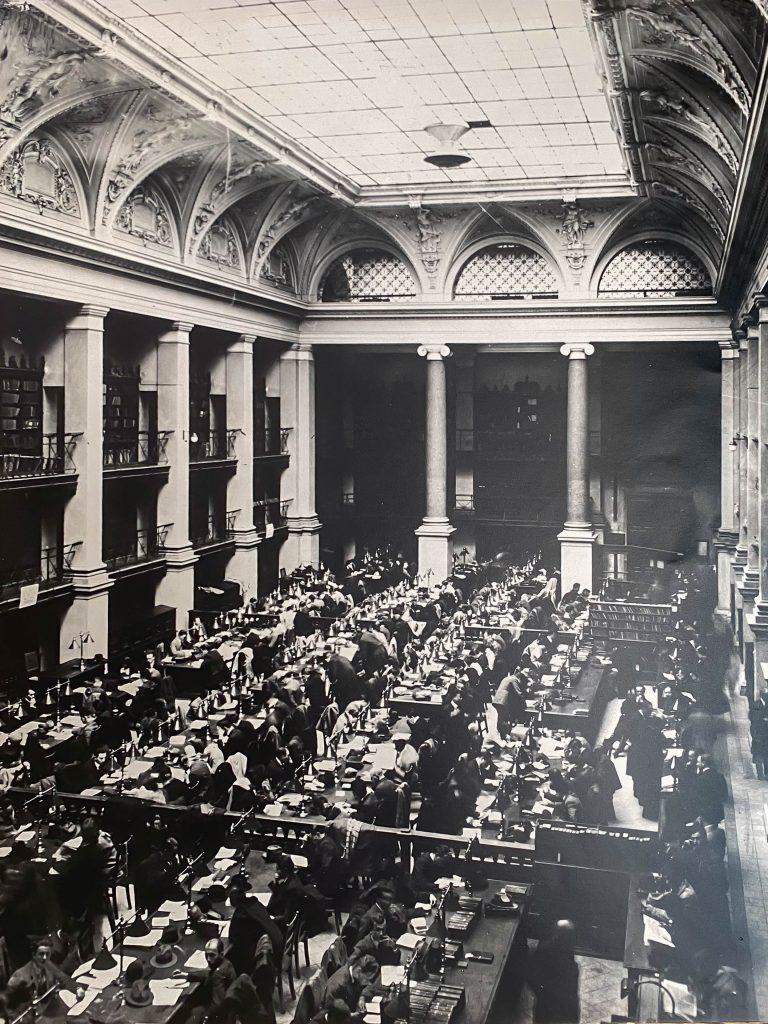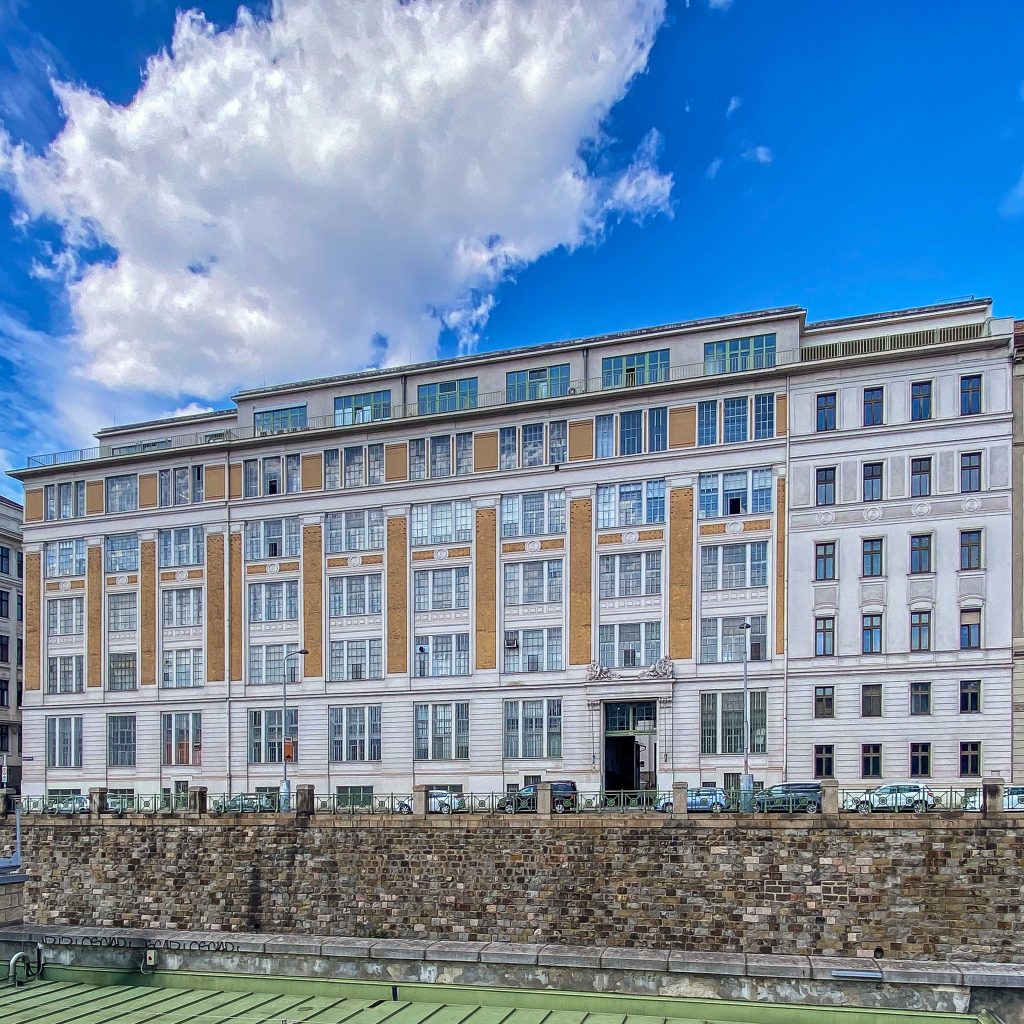Max Fabiani in Ungargasse
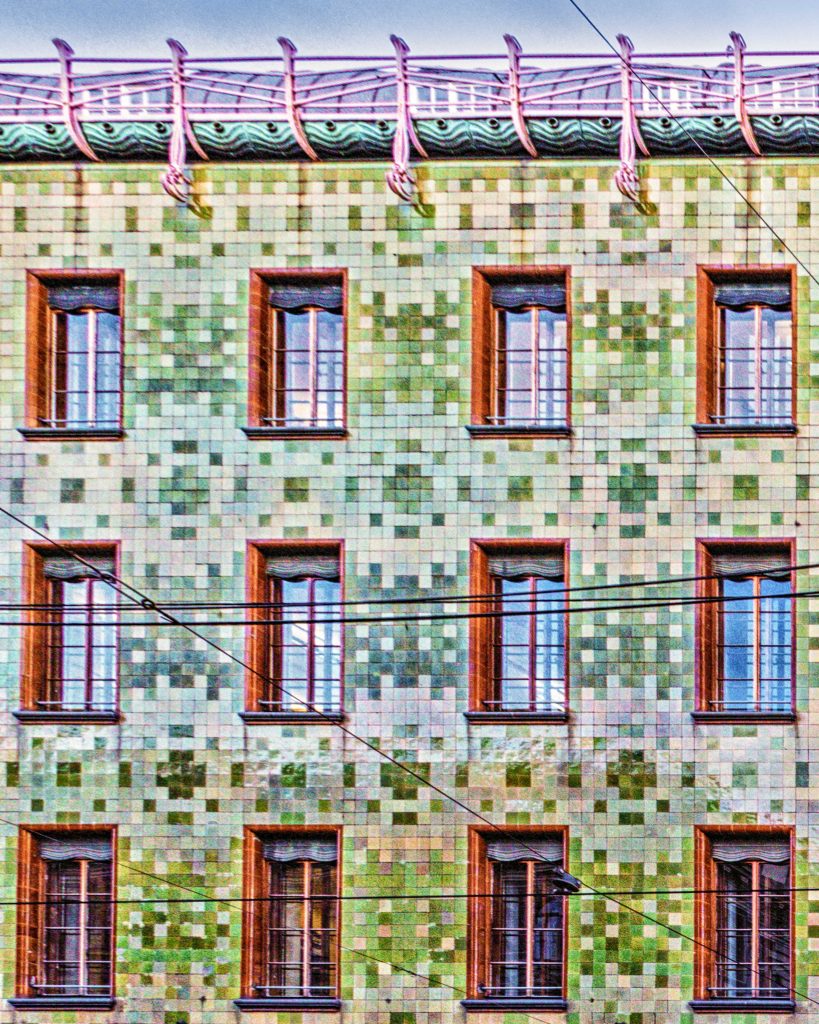
Completed in 1901, the building of the former Portios & Fix company – important furniture manufacturers in Austria-Hungary – by Max Fabiani in Ungargasse in the 3rd district shows the full skill of this extraordinary architect of functionalist modernism. The attic with its semicircular, wrought-iron eaves lattice and the strikingly geometric, colorful tiling of the grid-like façade is considered an important early work by Fabiani, a student of Otto Wagner.
Among the best-known buildings of his extensive oeuvre are the „Urania“ public education center, the Artaria publishing house on Kohlmarkt and several private villas in Vienna and Slovenia.
